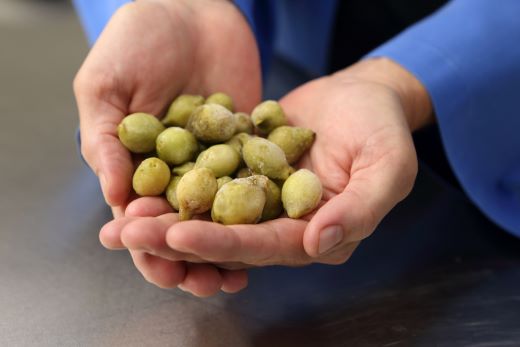…Take a distress beacon and stick to the COVID traffic light system
Everyone wants to have a fun and safe summer season. New Zealand Police and the New Zealand Mountain Safety Council (MSC) are both encouraging sound planning and preparation for any outdoor adventure, be it camping with the family or tramping in our beautiful outdoor environment.
A recent increase in people getting outdoors has the New Zealand Police and MSC predicting a high number of people will hit the outdoors over the holiday season.
Senior Sergeant Pete Theobald National Coordinator for Search and Rescue at Police says there are a few things you need to take seriously when planning your tramping or camping trip.
“Tell someone where you are going and let them know when to raise the alarm if you don’t return.
“If you get into trouble, can you call for help? Who knows where you are? Do you have the right outdoors clothing, enough food and equipment to stay safe until help arrives? Because of COVID, there’s even more to consider,” he says.
MSC Chief Executive Mike Daisley says with international travel still off the cards and numerous marketing campaigns encouraging Kiwis to explore their own backyard, there will be a lot of new users taking to the hills this summer.
“If you are planning to get out and explore, it is a really good idea to take some time to learn about your destination and to prepare yourself using some of our free online resources or the new www.planmywalk.nz, app” he says.
MSC have recently launched a new trip planning app called Plan My Walk which supports planning of anything from a day walk, overnight or multi-day tramp. Developed to enable easy and quality trip planning and preparation, the app also provides motivation and inspiration through showcasing thousands of Aotearoa’s public walking and tramping tracks.
Complete with track alerts, MetService weather, gear lists, personalised plan and profile section, the app is perfect for sound summer tramping planning. “As we see this surge in interest, we are encouraging those users to think about their personal safety and take a few simple steps to ensuring they have a great, safe experience, and make it home,” says Daisley.
The Land Safety Code provides five key steps for enjoying the outdoors, safely:
• Choose the right trip for you: It pays to learn about the route and make sure you have the skills for it.
• Understand the weather: It can change fast. Check the forecast and change your plans if needed.
• Pack warm clothes and extra food: Prepare for bad weather and an unexpected extra night out.
• Share your plans and take ways to get help: Telling a trusted person your trip details and taking a distress beacon can save your life.
• Take care of yourself and each other: Eat, drink, rest, and stick with your group and make decisions together.
The Impact of COVID-19 Traffic Light settings:
• Provided you follow public health guidelines, most outdoor activities like hunting, fishing, tramping and whitebaiting can be undertaken at both Red and Orange traffic light settings.
• Keep up to date on the traffic light settings and requirements at United against COVID-19
• Whether you are going into remote backcountry, or sticking to a local track, please check the information for your region as part of your planning. You can get alerts in the Plan My Walk app.
• Always pack a mask and hand sanitiser with you, scan in wherever possible, and be courteous of others, particularly in huts/where you might interact with others.
Check the DOC website for vaccination and public health requirements for using DOC huts and campsites. You will find that DOC requires all visitors to be vaccinated if using DOC huts and campsites.
For anyone headed outdoors, a registered distress beacon is the lifeline that can summon help to your location in a life-threatening situation. Take one with you when you go. It could save your life or someone else’s. You can rent or buy a distress beacon and take it with you.
You can register your distress beacon at https://beacons.org.nz/
It is fast, easy, and free to register. It gives searchers essential information that will help them get to you if you are lost or injured.
Distress beacons are small lightweight devices that help you summon help in an emergency in the outdoors. There are several different types:
• Personal locator beacons. A type of beacon that works on the intergovernmental Cospas-Sarsat satellite network. They can only send distress signals, nothing else. Distress signals are picked up by the Rescue Coordination Centre NZ directly. Once the unit is purchased, there is no ongoing costs.
• Satellite emergency notification devices (SEND). A two-way communication device that run off commercial satellite systems. They send an SOS signal to the commercial provider who then alert the Rescue Coordination Centre. They have a monthly subscription fee.
• EPIRBS – waterproof beacons, designed for boats, that run on the intergovernmental Cospas-Sarsat network.
For more helpful information on staying safe in the outdoors you can visit the following websites: https://mountainsafety.org.nz/learn/resources/land-safety-code
To kickstart your planning, download the www.planmywalk.nz, and head to the https://www.mountainsafety.org.nz/ and explore its useful tips, how-to videos and online resources for your favourite outdoor activity.






